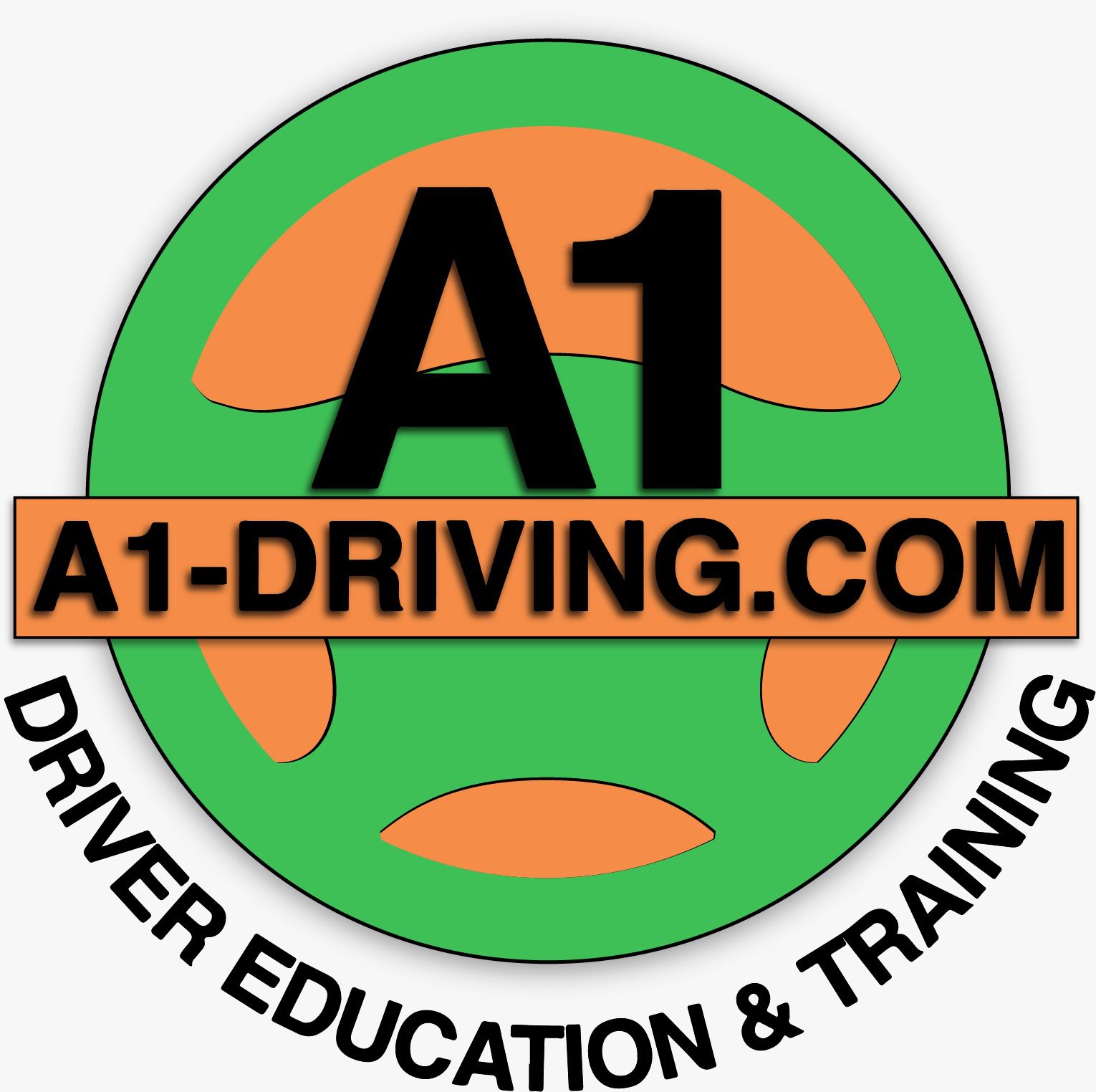There are different types of roads, but first let’s define what they are:
Highways are very important structures today, connecting cities and towns, and acting as the circulatory system of a country, transporting people, goods and services. Roads practically existed before cars and even carriages, we have built roads since prehistory, smaller than current roads but with the same objective and purposes.
Today we have a lot of different types of roads, and they vary principally on the number of lanes and speed limit. Knowing what type of roads are, and their purposes, it is important to be a good driver. So here, we present the principal types of roads.
Types of roads: Concepts
Freeways and Highways: These are the roads that cross the country and connect villages, towns, and cities, their length practically depends on the breadth and length of the country, they have between one to two lanes in each direction, and in a few cases up to four. They have access through ramps and intersections.
They are designed to move a huge volume of vehicles through long distances and at high speed. The limit speed ranges from 45mph to 75mph but can vary among countries and states, but in summary, you have to go fast. Walking and parking are strictly prohibited. There are some freeways with public transport systems integrated into them, having train or bus rapid transit stations.
Expressways: These are the largest roads, having two to four lanes, and at some points even up to 6 lanes in each direction. Expressways are generally elevated, getting access only by ramps; they do not have intersections with railways and other roads. Usually are near to cities or within them (never in high-density populated areas).
They handle a high volume of traffic and have few curves connecting important areas of the city. Parking, loading, unloading, and walking are strictly prohibited on Expressways.
Other types of roads:
Other types of roads are Arterials. These roads are laid inside cities, they cross and surround the city connecting the periphery with the downtown and other important areas in the city. Arterials can have two to 4 lanes but unlike Express and Highways have limit speed controls and pedestrian and street junctions.
Arterials will have a high volume of traffic, with public transport systems integrated into them, especially for buses. Pedestrians are allowed to cross the roads only at intersections or at designated pedestrian crossings.
Local and collector streets. The most common roads around the world, we can say that cities are built by local and collector streets.
They connect everything within cities, their size can vary from one to two lanes in each direction, handle a low volume of traffic and limit the speed is reduced.
Pedestrians can cross the road at any point in local streets, while collector streets can cross only at intersections. Unrestricted parking, loading, and unloading of vehicles are allowed in local streets.
Conclusions
The main function of collector streets is to connect local streets to arterials, generally, the speed limit in this street is higher than local streets but smaller than arterials.
Rural roads. These are small roads in agricultural areas, connecting farms between them, and with local towns or highways.
Remember that in our A1 driving school, you can learn everything you need to know to take care of both your car and your life and that of your loved ones.
For Online Driving Course Connecticut Please Contact A1 Driving School Connecticut!
Online Driving Course Connecticut Online Driving Course CT


